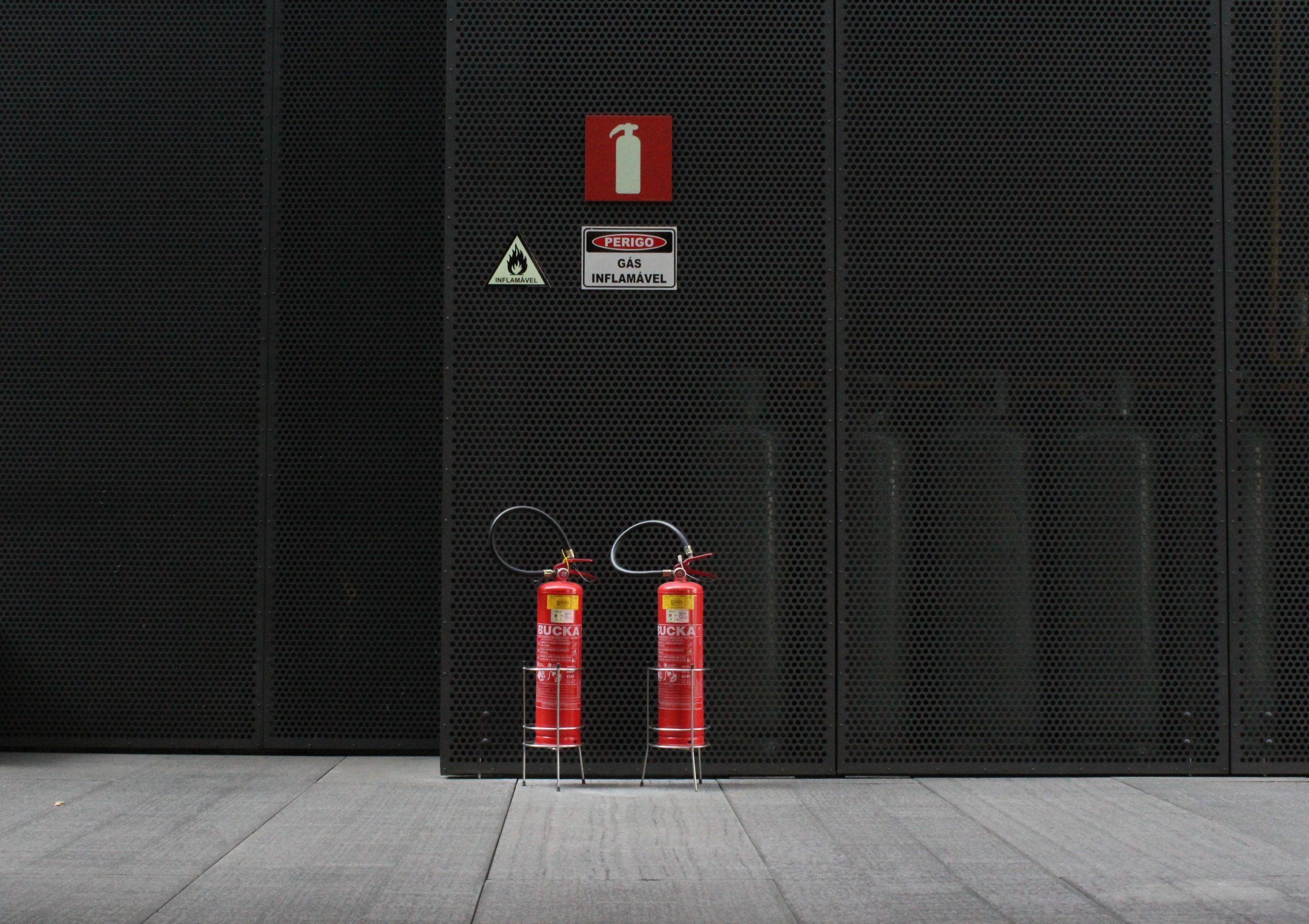Sydney fire safety is more than just checking off boxes. The Annual Fire Safety Statement is the heart of the system. It’s not just about meeting the legal demands, but also proves the owner’s dedication and commitment to safety. When it is paired with the Fire Safety Certificate, it is the base of a logical framework that keeps occupants safe, insurers reassured and council members confident about the security of the city’s buildings.

The reason why the annual Fire Safety Statement is Required?
The requirement for an annual Fire Safety Statement Sydney wasn’t designed as an exercise in paper. It was created because fire protection systems, no matter how they are designed, will only function only if they’re tested, maintained and inspected on a regularly. A sprinkler installed ten years ago might seem fine but if it isn’t checked, there is no guarantee it will turn on in the event of an emergency.
The AFSS demands that owners prove each year the fire safety measures within their home, from alarms and hydrants to lighting for exits–are still in compliance with the standards originally set out by the Building Code of Australia (BCA). It’s more than an inspection; it is an open declaration that lives are safeguarded and that the structure can endure a catastrophic event.
The distinction between AFSS Certificates and Fire Safety Certificates
Many owners mistake their annual statements with the Fire Safety Certificate, but their purpose is different. The certificate will be given after the system has been put in place or major upgrades have been completed. It is a proof that the new measures are in compliance with the regulations before an apartment or tenancy building can be utilized. The AFSS is a later step. It’s a regular duty that ensures the systems comply with specifications each year.
Together, they form a cycle of protection: certificates confirm that the safety systems have been installed correctly, as annual reports verify that the safety systems are maintained for the life of the structure. The absence of one step can weaken the entire system of protection.
The building owners’ responsibility
In New South Wales, the AFSS procedure is unique because the proprietor of the property holds the sole responsibility. The AFSS is not a hierarchy of defects unlike other forms in which they are classified as either serious or minor. The whole statement is null if even one of the measures fails.
Owners must be proactive. To keep deadlines in mind, they should arrange inspections, find accredited practitioners, schedule repairs, and send documents to council. This responsibility includes coordination between landlords, contractors and insurers for commercial landlords and strata committees. The structure, though challenging but is designed to ensure that safety isn’t compromised or delayed.
The Effects of AFSS Beyond Sydney
The AFSS isn’t only about legal compliance. It also has wider implications. Tenants are often interested in the safety statements for a particular building when deciding whether to lease the space, and insurers typically require a copy prior to deciding on coverage. A current Annual fire safety statement can therefore influence property value, tenant confidence, and even insurance premiums.
It provides councils with a reassurance of the regular surveillance of the buildings of Sydney. It also means that firefighters can have greater confidence in the system’s ability to function in times of crisis. This decreases risk for both firefighters and those who reside in the buildings. The AFSS is not only about protecting the individual building, but makes a safer city.
Conclusion: AFSS is a Standard of Trust
The annual fire safety statement Sydney requirements may appear to be a hurdle for bureaucratic reasons however, in reality, it’s a sign of trust. It is a sign that fire security measures aren’t placed in the hands of chance. It also proves that the equipment is trustworthy and that the building owners are taking the responsibility of their residents their well-being. It’s part of a system that tests the installation as well as the effectiveness of crucial security measures.
For homeowners, the lesson is simple: the AFSS is more than an annual deadline. It’s a pledge to security, accountability and community confidence. This commitment makes the AFSS the most valuable asset in Sydney’s rapidly growing urban landscape in which thousands of residents rely on secure and sound construction.
